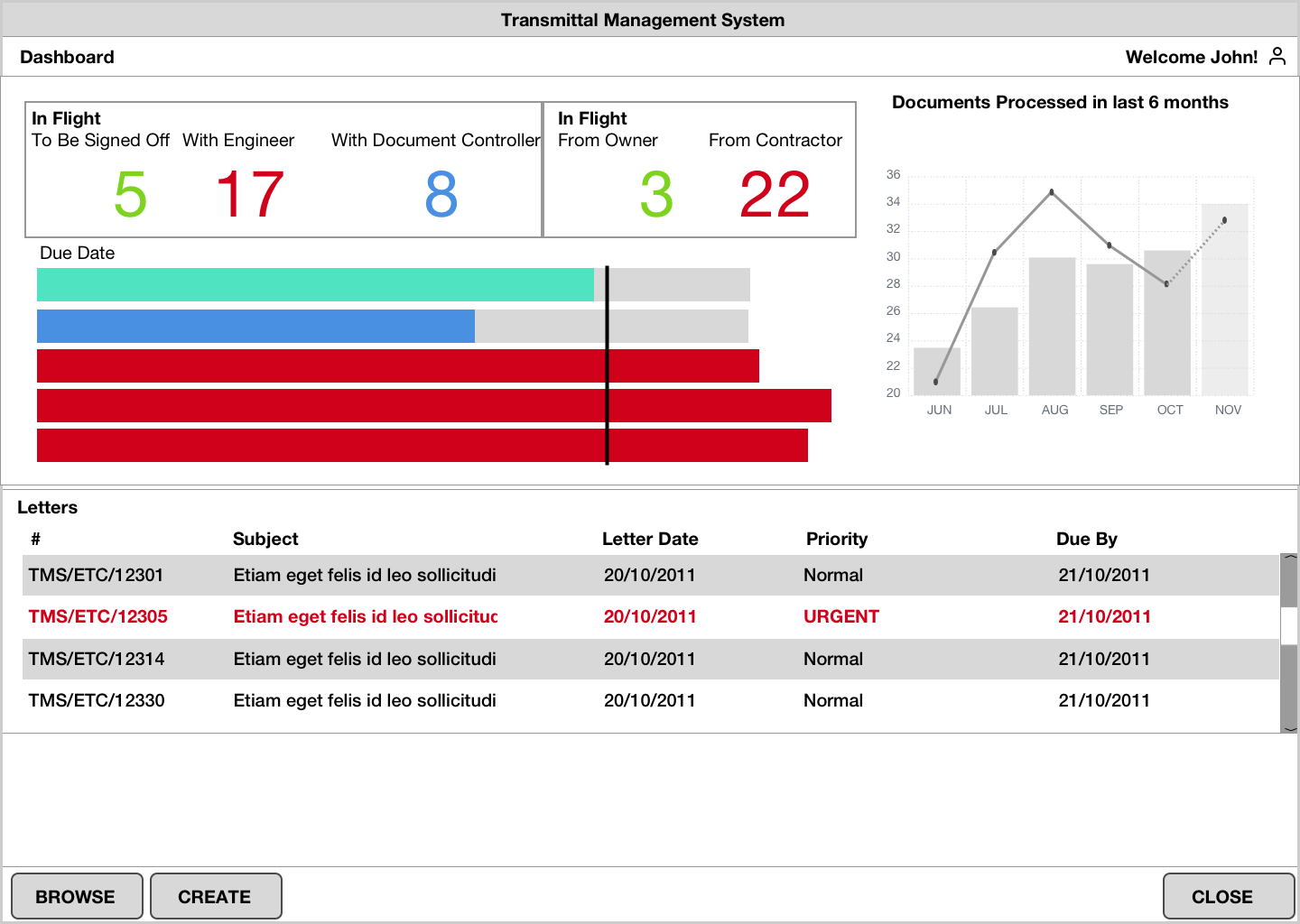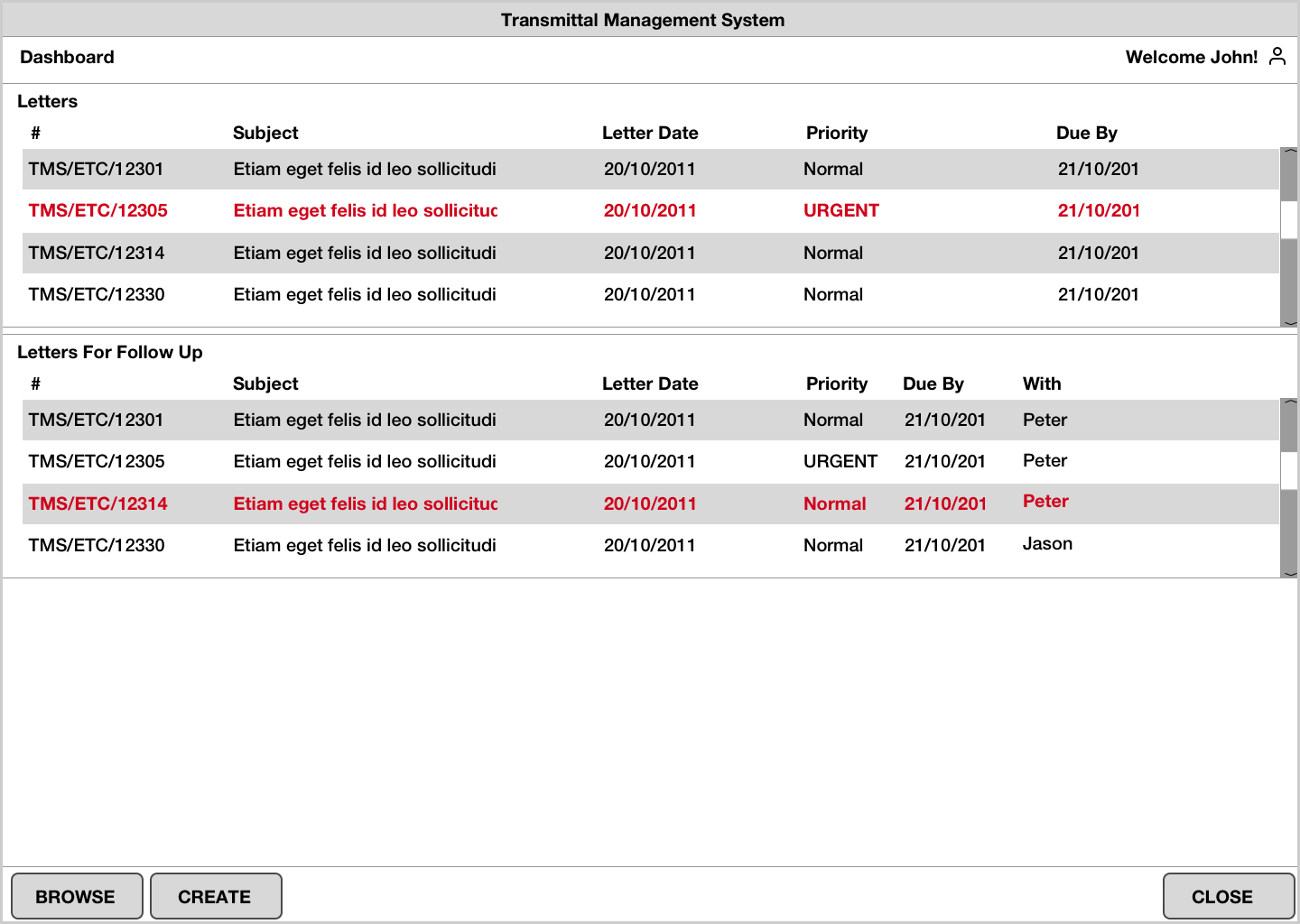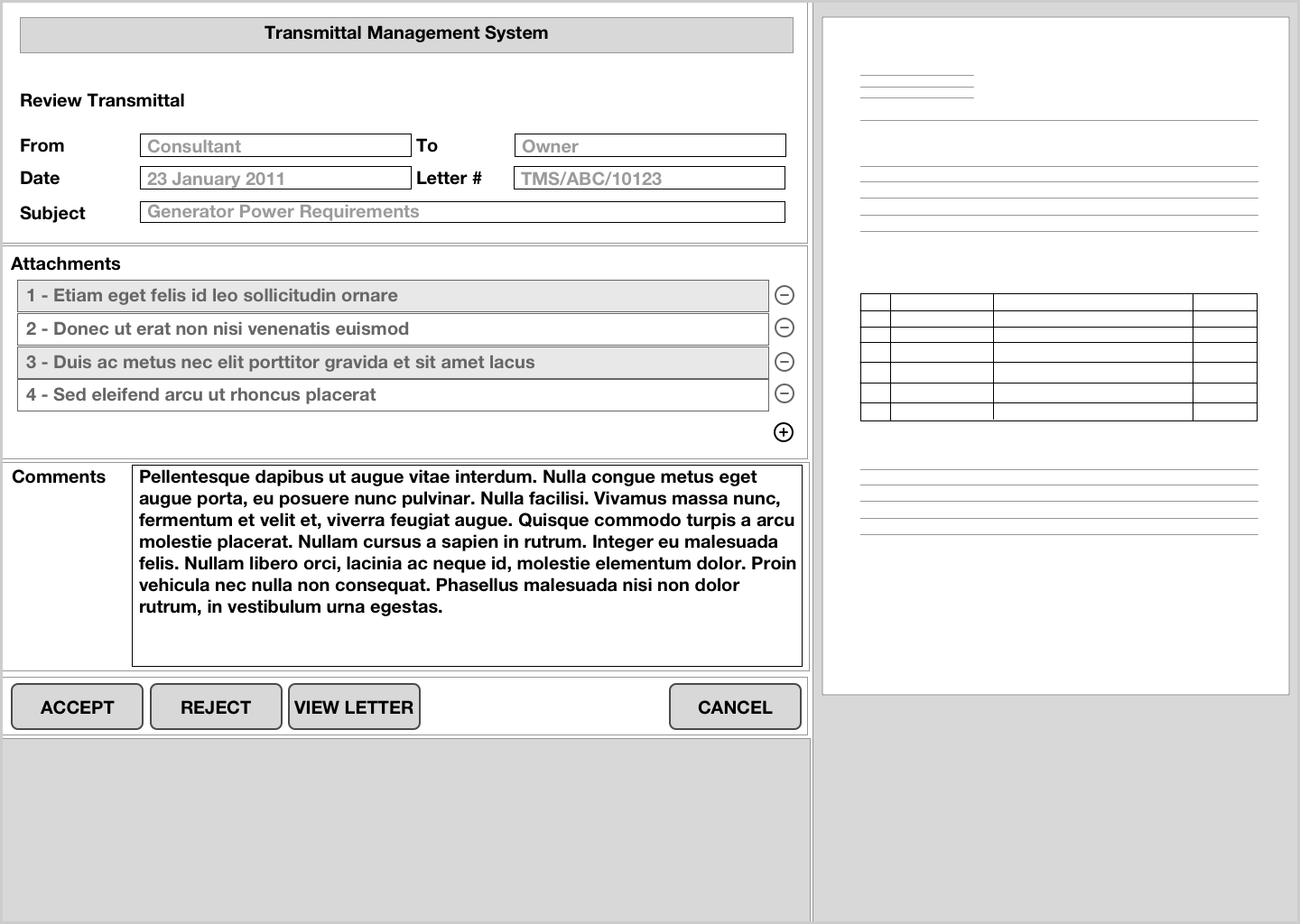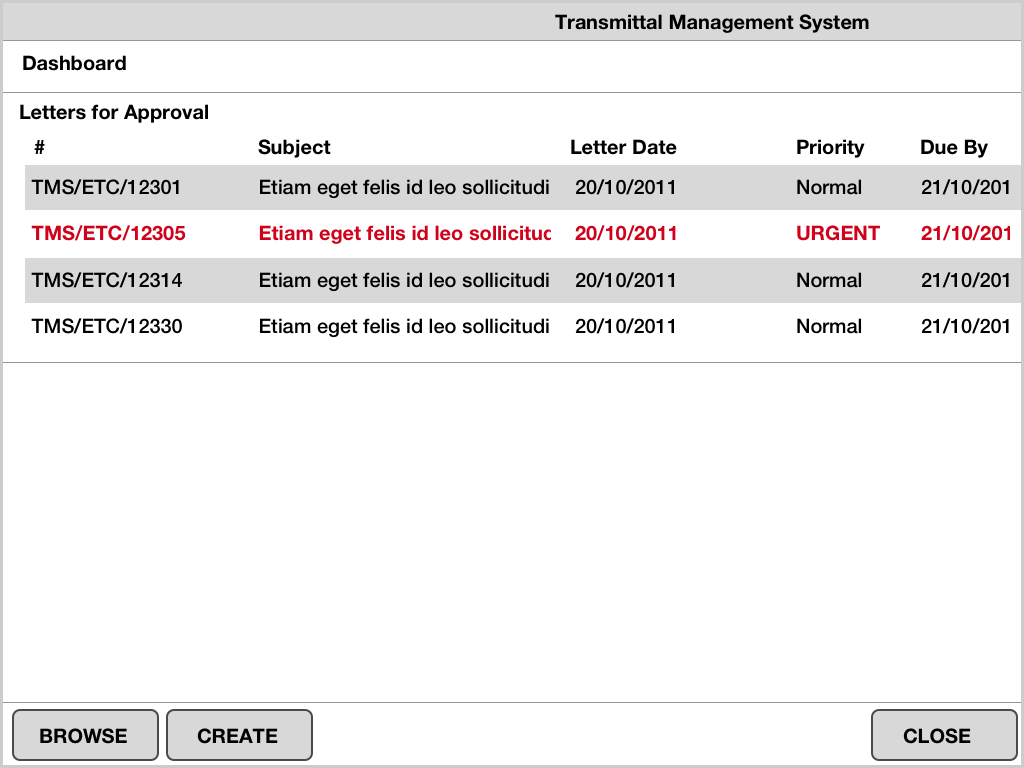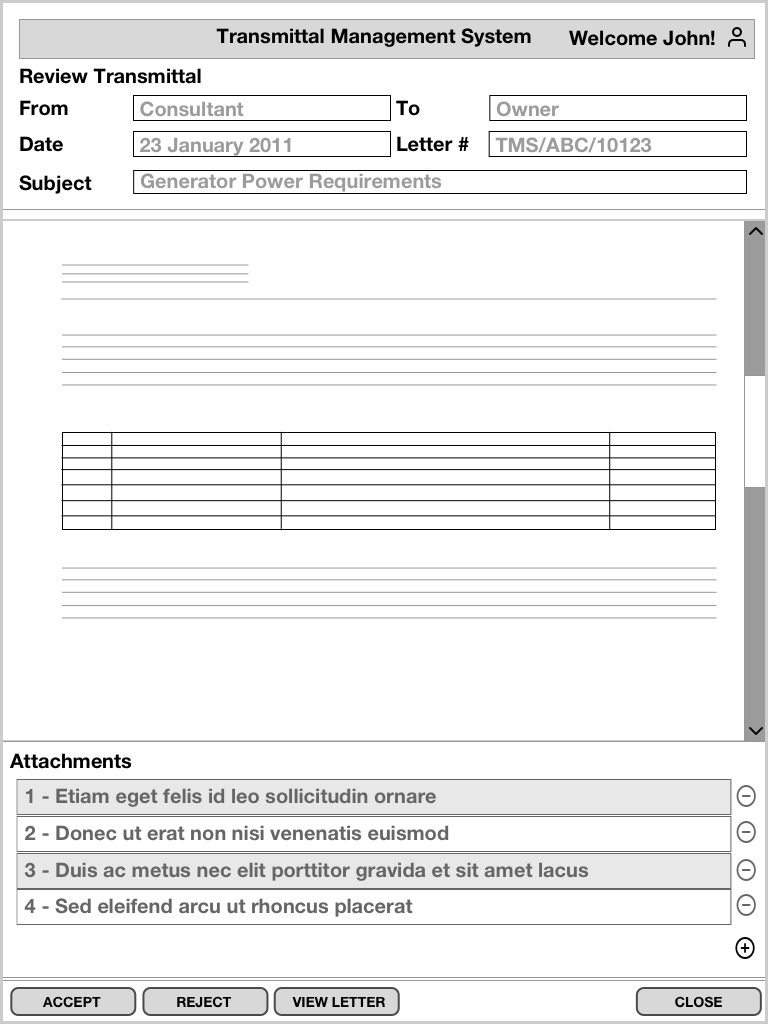What was the problem?
Xerox Emirates is one of the largest photocopier and printing solutions in the Middle East. Our solutions are used by some of the biggest government departments in the UAE . As part of our Go Paperless initiative, we successfully bid and won a contract to implement a solution for ADWEA (Abu Dhabi Water and Electricity Authority) for one of their pipeline projects.
We needed this project to be a success as it would open the doors for many such similar projects.
Design walkthrough
So I took a step back and came up with the approach to fix the user acceptance testing. The users were the ones who actually signed off on the system. However all the requirements were given by managers. Diving into this further I came across user centered design, a solution to fix this problem. I pitched the idea and the extra time required to our management, and even though some of them were not willing to "waste" this additional effort, the part that won everyone over was the risk in delivering a solution whose requirements were from one set of users, but was going to be accepted by another set of users.
We executed this project using Agile.
I decided on creating personas, conducting user interviews, affinity mapping, ideation, wire-framing and prototyping before any part of the system would be built.
The important part to note here is the approach of UX and UCD we took all the way back in 2010 was not an established procedure, especially for software companies. But it had rich rewards as the project proceeded.
Results
Because of taking the additional step of involving the user BEFORE building any part of the system, the user acceptance testing was a non-event. The users of all 3 organizations involved gave their acceptance of the system after going through the feedback implementation of the user testing sessions, which was limited to 2 rounds only.
The developers could build the system without worrying about whether the system would ask for any additional changes.
The biggest success from this was the inclusion of UCD as part of every project after this to give success to every project from all aspects, including the customer, user, management and developers.
